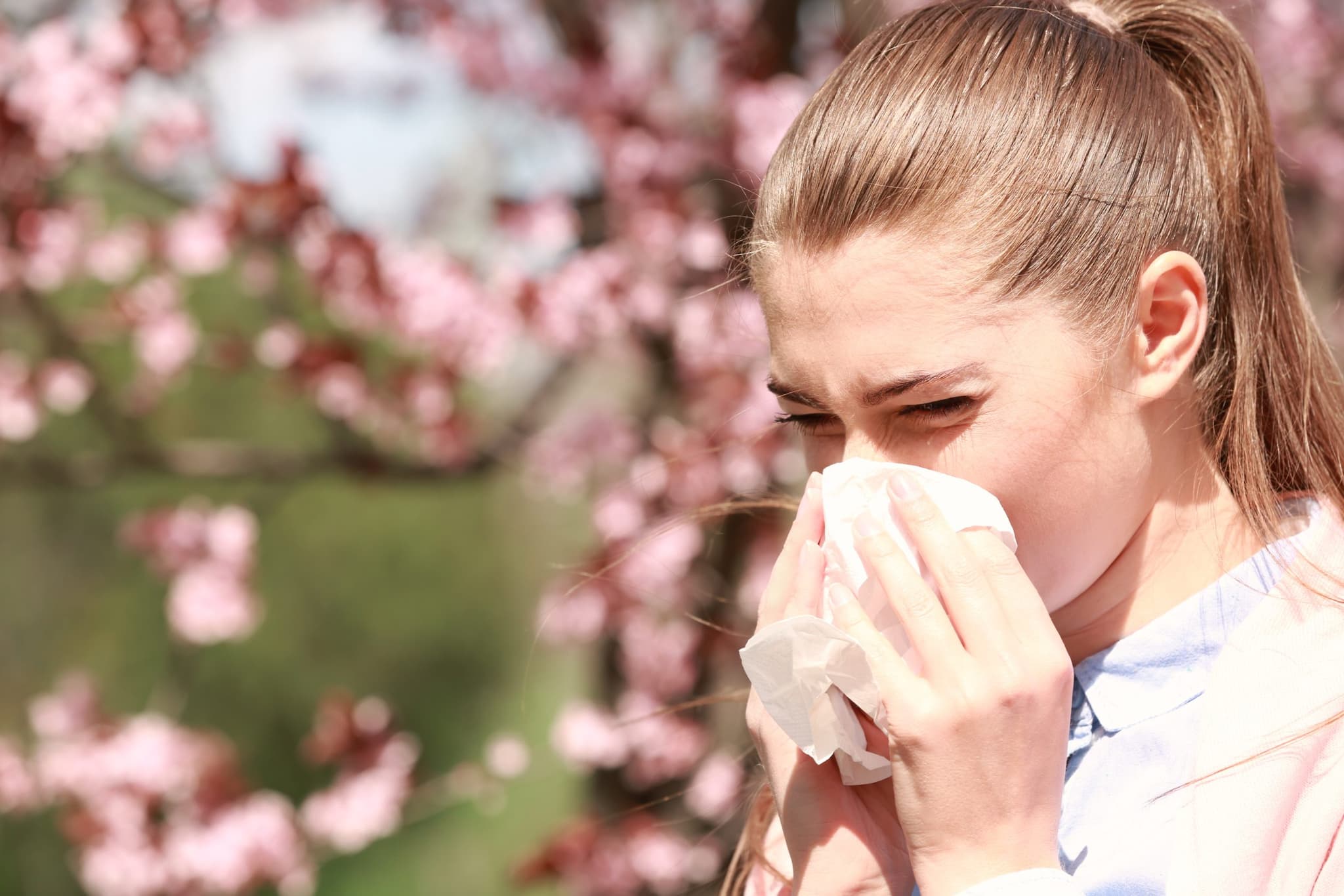
2023-05-19T11:00:36
Environmental allergy testing: What to expect and how to prepare
- Allergy and Immunology
May 3, 2016 | Allergy and Immunology
Specialties:Allergy, Asthma and Immunology

Researchers estimate that up to 15 million Americans have food allergies – 4 percent of adults and 4 to 6 percent of children under 18 years of age, according to the Centers for Disease Control and Prevention. This potentially deadly condition affects 1 in every 13 children in the U.S., or approximately two in every classroom.
Although food allergy symptoms are most common in babies and children, they can appear at any age. Here are some other interesting facts you may not know about food allergies:
Your risk of having food allergies is higher if you have a parent who suffers from food allergies or any other type of allergic disease including asthma, eczema or environmental allergies such as hay fever.
Although it’s not possible to predict whether a child will inherit a parent’s food allergy, younger siblings of a child with a peanut allergy are also likely be allergic to peanuts.
“A peanut allergy tends to be lifelong; only about 20 percent of children are fortunate enough to outgrow it,” according to Food Allergy Research and Education. Children with egg, milk or soy allergies are most likely to outgrow their allergies.
You can suddenly develop an allergy to foods you have eaten problem free for years.
A food can trigger mild symptoms on one occasion and cause a far more severe reaction another time.
Similar to the body’s response in all other types of allergies, when you experience an allergic reaction to a specific food, your body’s natural defenses are overreacting to a particular substance in a food, identifying it as a dangerous invader and triggering a protective chemical response to defend against it.
While any food can cause an adverse reaction, 90 percent of all food allergies are caused by eight food types: milk, peanuts, crustacean shellfish, eggs, fish, tree nuts, wheat and soy. Some people have reactions to certain seeds, including sesame and mustard seeds.
Researchers estimate that up to 15 million Americans have food allergies. This potentially deadly condition affects 1 in every 13 children in the U.S., or approximately two in every classroom.
Researchers don’t know why, but food allergies have been consistently rising. A 2013 study from the Centers for Disease Control and Prevention reported that food allergies among children increased approximately 50 percent between 1997 and 2011.
A child may report that her mouth feels funny, there’s something stuck in her throat, or her tongue has hair on it. While many food allergy reactions can be mild and include bloodshot, watery, watery eyes bloodshot, watery eyes, runny nose and an itchy mouth, every 3 minutes, a food allergy reaction causes someone to seek help in the emergency room.
Anaphylaxis is a sudden, severe, and potentially fatal allergic reaction. Groups with the highest risk of fatal food-induced anaphylaxis are teenagers and young adults with food allergies and individuals with food allergies who also have asthma. People who have had an anaphylactic reaction in the past are at risk for future reactions.
Signs of anaphylaxis are:
Trouble breathing
Tightness of the throat
Nausea, vomiting, abdominal pain, diarrhea
Dizziness and fainting
Hives or swelling
Low blood pressure
Rapid heart rate
The sudden release of chemicals that results in anaphylactic shock can lead to cardiac arrest. In addition to food, latex, insect stings and medications are common triggers for anaphylaxis.
Avoidance is the most effective way to prevent anaphylaxis. An allergist can work with you to tailor a treatment plan appropriate for your age, personal activities and home environment. Read all food ingredient labels carefully, and ask restaurants about food preparation. If your child has allergies, it’s essential that all school and caregiving personnel are aware and know how to administer epinephrine, the drug used to treat severe allergic reactions.
If you do come in contact with your trigger food or see warning signs of anaphylaxis, call 911 and get to the nearest emergency facility immediately after self-administering epinephrine. It’s a good idea to equip yourself, or your allergic child, with an identification bracelet or necklace that specifies your condition and lists offending allergens.
A 2013 study from the Centers for Disease Control and Prevention reported that food allergies among children increased approximately 50 percent between 1997 and 2011.
Food allergies are often associated with other allergic conditions, such as atopic dermatitis and eosinophilic gastrointestinal diseases, according to the Mayo Clinic. Eosinophilic esophagitis is a chronic immune system disease in which a type of white blood cell builds up in the lining of the esophagus as a result of allergic reactions to food, causing inflammation. This damaged tissue makes swallowing difficult for both adults and children and causes many other digestive problems.
Do you suspect possible food allergies in yourself or your child? Revere Health Allergy and Immunology providers have over 30 years of combined experience and specialized training in allergic and immunologic disorders. We serve pediatric and adult patients in two Utah locations, using the most comprehensive and up-to-date medical therapies.
WRITTEN BY:
The Live Better Team

2023-05-19T11:00:36

2018-06-13T12:00:19

2018-05-09T12:00:57

2018-04-11T11:00:42
This information is not intended to replace the advice of a medical professional. You should always consult your doctor before making decisions about your health.